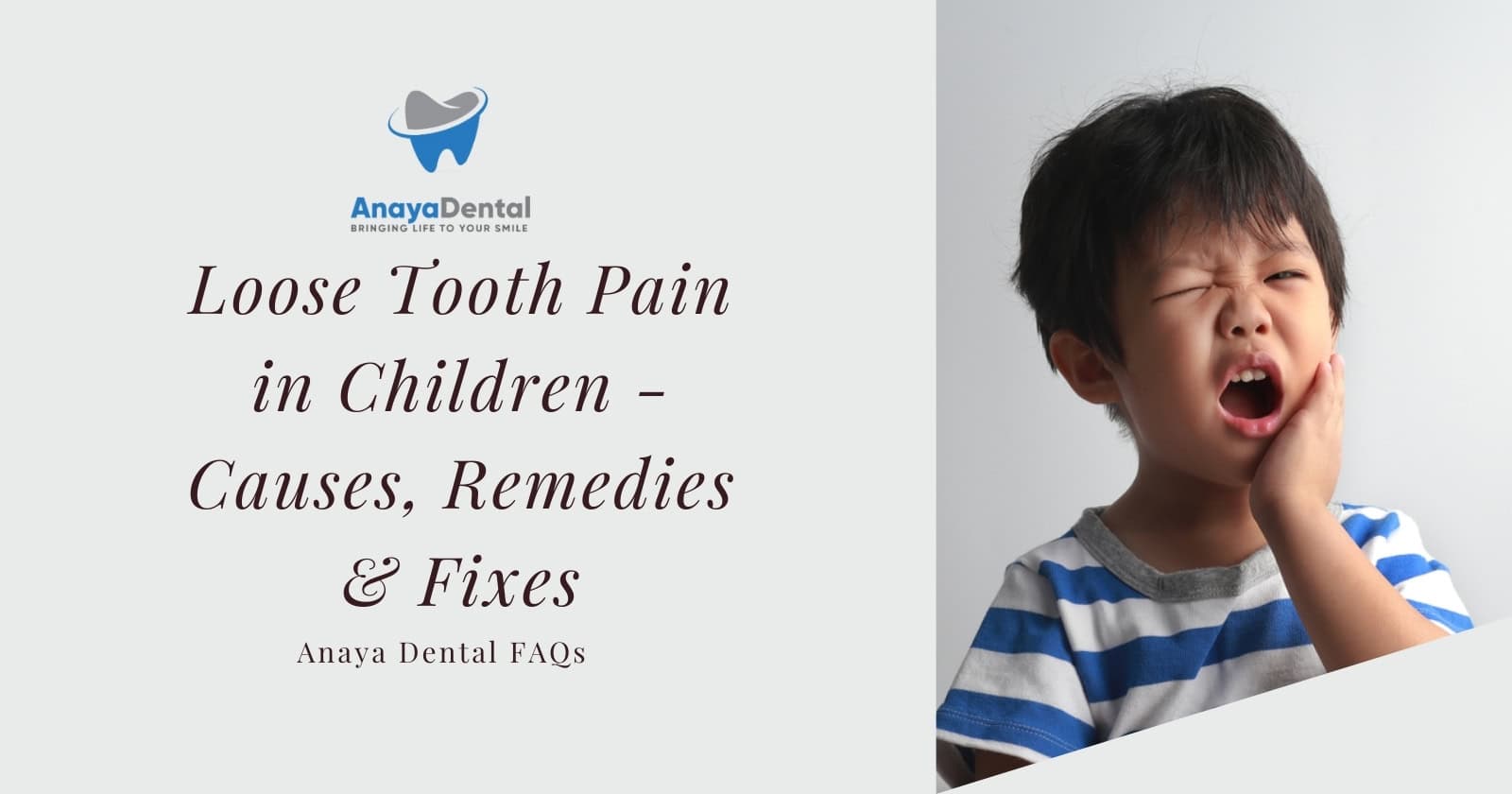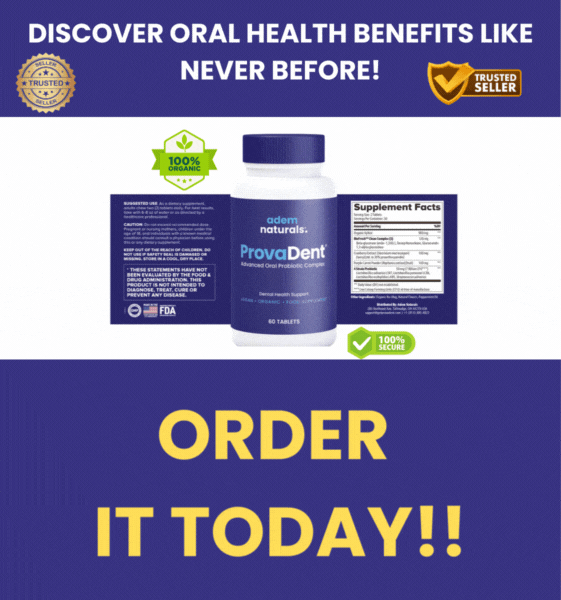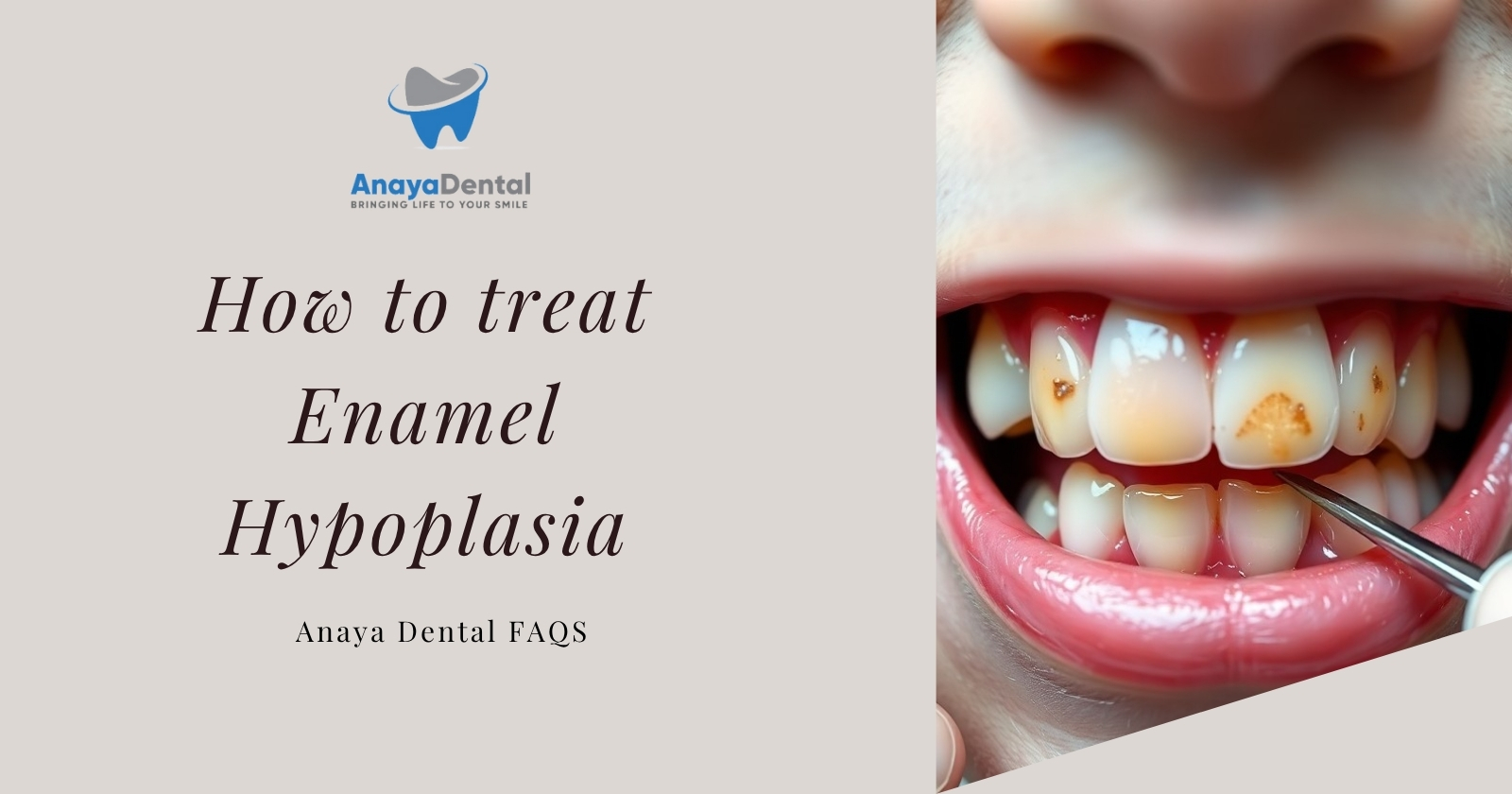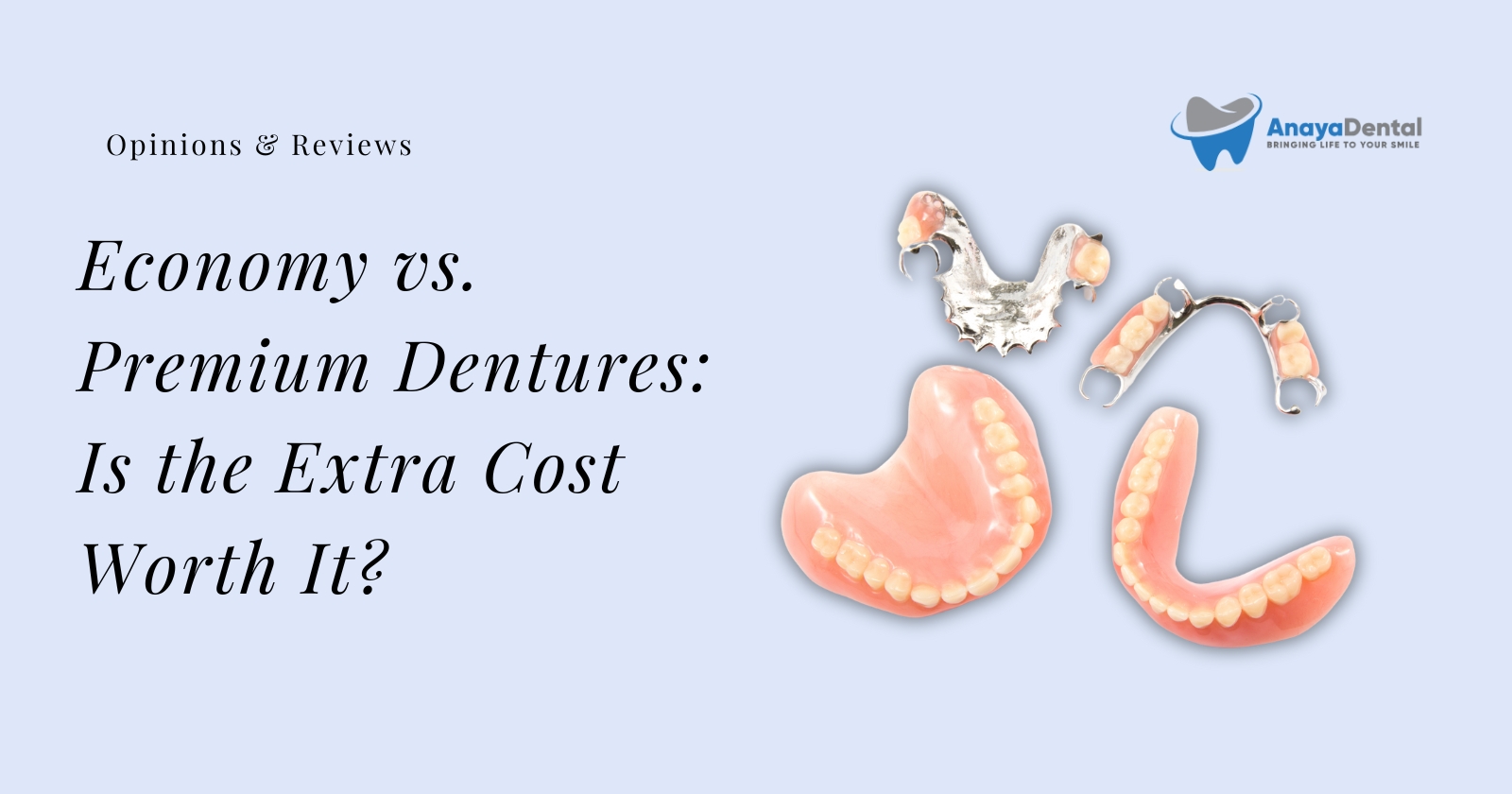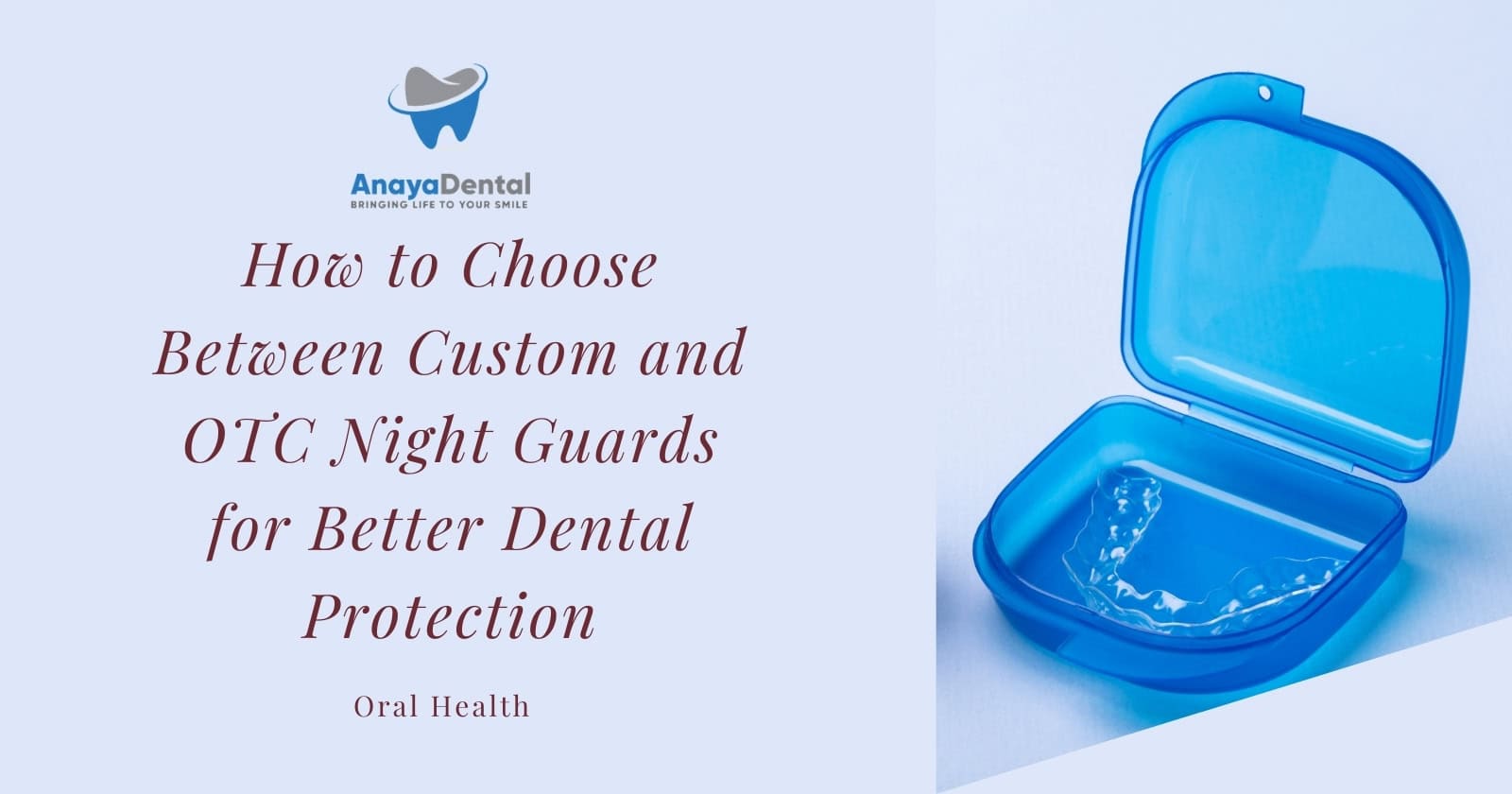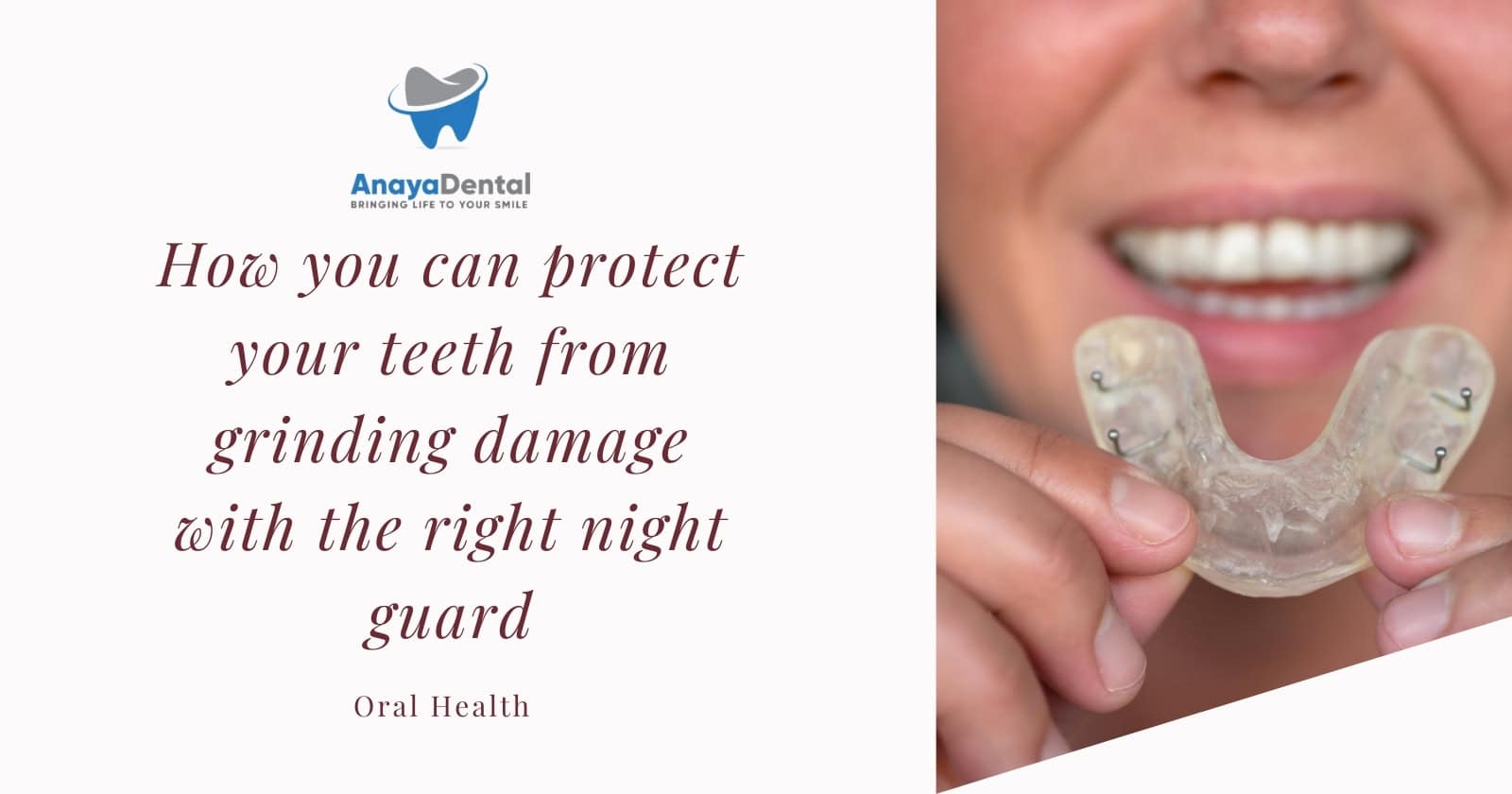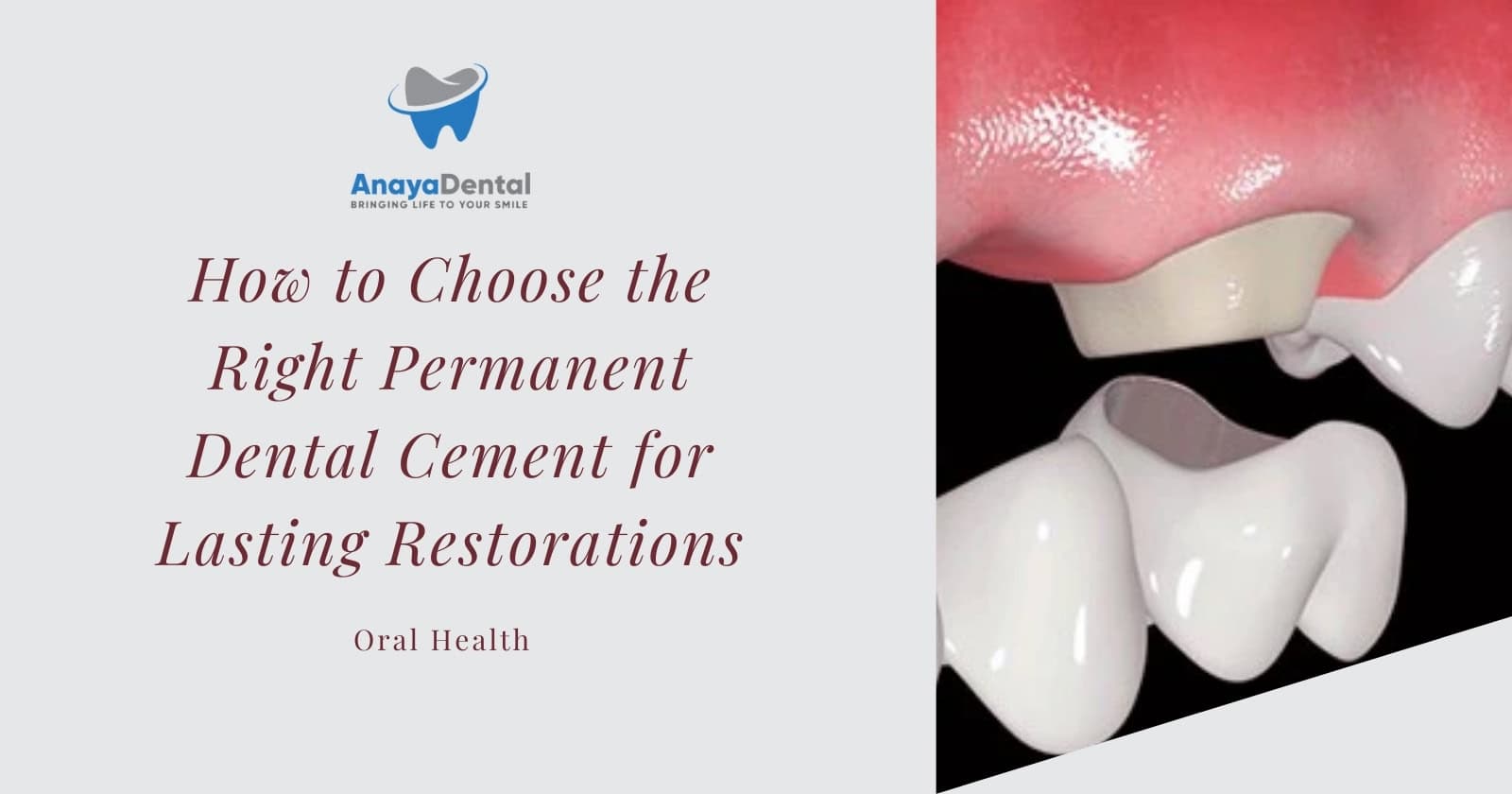There’s nothing more natural than your child experiencing loose tooth pain as they grow. While this developmental milestone is completely normal between ages 5-12, it can cause significant discomfort for your little one. When your child complains about a wiggly tooth, you should know that the pain typically stems from the gradual breakdown of ligaments holding the baby tooth in place. Understanding the process can help you manage your child’s discomfort and prevent potential complications that might affect their permanent teeth development.
Key Takeaways:
- Loose tooth pain is a natural part of childhood development, typically occurring between ages 6-12 when baby teeth make way for permanent teeth
- Over-the-counter pain relievers like children’s ibuprofen and cold compresses can help manage discomfort during the loose tooth phase
- Parents should never force or pull out a loose tooth – let it fall out naturally to prevent infection and damage to developing permanent teeth
- Maintaining good oral hygiene during this period is important, even if brushing is uncomfortable, to prevent bacteria buildup around the loose tooth
- Contact a pediatric dentist if the loose tooth causes severe pain, bleeding, or shows signs of infection like swelling and fever
Understanding Loose Tooth Pain in Children
Your child’s loose tooth pain is a natural developmental milestone that signals their growing body is working as intended. While the experience can be uncomfortable and sometimes worrying for both you and your child, it’s important to recognize this as a healthy transition from baby teeth to permanent teeth.
Natural Process of Baby Teeth Loss
Before permanent teeth emerge, the roots of baby teeth begin to dissolve naturally, causing the teeth to loosen gradually. This process, known as root resorption, allows the primary teeth to fall out without bleeding or severe pain. Your child might experience mild discomfort, but this shouldn’t interfere with their daily activities.
Try Our Dental Calculators
Common Age Ranges for Tooth Loss
The typical age for losing baby teeth ranges from 5 to 12 years old, with most children starting around age 6. Your child will likely lose their bottom front teeth first, followed by the top front teeth. This natural progression helps maintain proper spacing for permanent teeth.
Process of tooth loss follows a predictable pattern that can span several years. You can expect your child to lose about 20 baby teeth in total, usually at the rate of a few teeth per year. The front teeth typically fall out first, followed by molars between ages 9-12. If your child experiences tooth loss before age 4 or after 13, you should consult a dentist.
Common Causes of Loose Tooth Pain in Children
The discomfort your child experiences from a loose tooth can stem from various sources. While some causes are part of natural development, others may require immediate attention. Understanding these different causes helps you determine whether the situation needs professional dental care.
Normal Development and Growth
Above the age of 5, your child will naturally start losing baby teeth to make way for permanent ones. This normal process typically begins with the front teeth and can cause mild discomfort as the tooth gradually loosens from the gum tissue.
Injury or Trauma
About 20% of children experience dental injuries during their active years. Direct impacts to the mouth from falls, sports activities, or accidents can cause teeth to become loose and painful.
Even minor playground accidents can lead to dental trauma. If your child’s tooth becomes suddenly loose after an injury, you should seek immediate dental care to prevent potential complications and save the affected tooth.
Poor Oral Hygiene
Causes of loose teeth can include inadequate brushing and flossing, leading to gum disease. When bacteria build up around teeth, they can weaken the supporting structures, making teeth loose and painful.
Further neglect of oral hygiene can result in more serious complications. Poor dental care allows harmful bacteria to accumulate, potentially causing infections and accelerated tooth loss. You can prevent these issues by maintaining regular dental check-ups and establishing good brushing habits.
Signs and Symptoms
Unlike adult tooth pain, loose tooth discomfort in children is typically a natural part of development. Your child may experience varying degrees of pain and sensitivity as their baby teeth prepare to fall out and permanent teeth emerge.
Pain Levels and Types
- Mild soreness during eating or brushing
- Throbbing pain around the loose tooth
- Sharp discomfort when touching or wiggling the tooth
- Gum tenderness and sensitivity
Perceiving your child’s pain level helps determine appropriate remedies.
| Pain Type | Characteristics |
|---|---|
| Mild | Slight discomfort while eating |
| Moderate | Consistent ache and sensitivity |
| Severe | Intense pain affecting daily activities |
| Intermittent | Pain comes and goes |
| Persistent | Continuous pain lasting over 24 hours |
Associated Symptoms
Behind loose tooth pain, you might notice additional symptoms including swollen gums, difficulty eating, and increased tooth mobility. Your child may also experience heightened sensitivity to hot and cold temperatures.
To better understand your child’s discomfort, watch for signs of bleeding gums, facial swelling, or fever, which could indicate more serious conditions requiring professional attention.
When to Be Concerned
About 1 in 10 children experience abnormal tooth loss symptoms. You should seek dental care if your child shows signs of infection, severe pain, or premature tooth loosening.
But while most loose tooth pain is normal, contact your dentist immediately if you notice excessive bleeding, severe swelling, or if your child develops a fever over 101°F. These symptoms could indicate an underlying infection or injury requiring immediate medical attention.
Home Remedies and Relief
Despite the natural process of losing baby teeth, your child may experience discomfort. Several home remedies can provide effective relief without medical intervention. From cold compresses to gentle massage, these solutions help manage pain while supporting the natural tooth loss process.
Safe Pain Management Techniques
Above all, natural pain relief methods should be your first choice. You can apply a cold compress to the outside of the cheek or offer cold foods like ice cream or frozen yogurt. Gentle gum massage around the loose tooth can also help. This combination of techniques provides safe, immediate relief for your child.
Dietary Modifications
Along with pain management, adjusting your child’s diet can significantly reduce discomfort. Offer soft foods that don’t require excessive chewing and avoid hard, crunchy items that might irritate the loose tooth area.
In fact, your food choices play a vital role in managing loose tooth pain. Consider serving:
- Smoothies and yogurt
- Mashed potatoes
- Soup and broths
- Soft-cooked vegetables
- Pudding and gelatin
This careful selection helps prevent additional trauma while ensuring proper nutrition.
Oral Care Tips
Before handling a loose tooth, ensure proper oral hygiene practices. You should:
- Use a soft-bristled toothbrush
- Practice gentle brushing techniques
- Maintain regular cleaning routines
- Avoid aggressive flossing
This approach minimizes pain while maintaining oral health.
Safe oral care during loose tooth periods requires special attention. Consider these additional measures:
- Use lukewarm water for rinsing
- Apply child-friendly mouthwash
- Choose sensitive teeth toothpaste
- Monitor brushing pressure
This comprehensive care routine ensures comfort and prevents complications.
Professional Treatment Options
To ensure your child’s dental health during the loose tooth phase, professional dental care might be necessary. While most cases resolve naturally, some situations require expert intervention to prevent complications and ensure proper tooth development.
When to Visit a Dentist
Between natural tooth loss episodes, you should watch for signs that require immediate dental attention. These include severe pain, significant bleeding, injury-related loose teeth, or if the tooth becomes loose too early. If your child experiences fever or swelling along with tooth pain, schedule a dental appointment right away.
Available Medical Interventions
Before any medical intervention, your dentist will evaluate the cause and severity of the loose tooth. Treatment options may include gentle extraction if necessary, addressing underlying gum issues, or managing trauma-related complications. Your dentist might also recommend preventive measures to protect other teeth.
Medical procedures for loose teeth in children are typically minimally invasive. Your dentist may use techniques like splinting for trauma cases, prescribe antibiotics for infections, or perform space maintenance procedures if a baby tooth is lost too early. These interventions help maintain proper spacing for permanent teeth and prevent alignment issues in the future.
Prevention Strategies
Keep your child’s teeth healthy and strong by implementing proper preventive measures. While loose baby teeth are a natural part of growing up, protecting your child’s dental health can minimize discomfort and prevent complications. Focus on maintaining good oral hygiene, protecting teeth during activities, and scheduling regular dental check-ups.
Maintaining Oral Hygiene
Across all ages, proper oral hygiene remains the foundation of dental health. Teach your child to brush twice daily with fluoride toothpaste and help them floss regularly. Guide them in using gentle circular motions, especially around loose teeth, to prevent irritation while maintaining cleanliness.
Protecting Teeth During Activities
On the playground, sports field, or at home, your child’s teeth need protection. Use appropriate mouthguards during physical activities and discourage habits like pencil chewing or using teeth to open packages.
Indeed, protecting your child’s teeth during various activities requires constant vigilance. Consider investing in custom-fitted mouthguards for sports, which provide superior protection compared to over-the-counter options. Teach your child to avoid biting hard objects and to be mindful of their teeth during rough play.
Regular Dental Check-ups
Teeth need professional attention every six months. Your dentist can monitor loose teeth, ensure proper alignment, and identify potential problems before they become serious. Schedule regular check-ups to maintain optimal oral health.
Also, your dental professional can provide personalized advice based on your child’s specific needs. These visits help establish positive dental habits early in life and allow for timely intervention if complications arise. Your dentist can assess whether loose teeth are falling out naturally or if there’s an underlying issue requiring attention.
Summing up
Hence, when your child experiences loose tooth pain, you can take several effective steps to manage their discomfort. By maintaining proper oral hygiene, offering cold compresses, and providing soft foods, you’ll help ease their pain during this natural process. Your gentle guidance through this milestone, combined with appropriate pain management techniques and regular dental check-ups, ensures your child navigates through tooth loss comfortably. If you notice unusual symptoms or severe pain, consulting your dentist will help address any underlying concerns and ensure your child’s dental health stays on track.
FAQ
Q: How do I know if my child’s tooth pain is from a naturally loose tooth?
A: Natural loose tooth pain typically occurs between ages 5-12 when baby teeth begin falling out. The tooth will be visibly wiggly, and your child may experience mild discomfort while eating or touching the area. The gum around the tooth might appear slightly red but shouldn’t be severely swollen or bleeding excessively.
Q: What can I give my child to relieve loose tooth pain?
A: You can offer children’s acetaminophen or ibuprofen for pain relief. Cold compresses or ice packs wrapped in a cloth can help reduce discomfort when held against the cheek. Soft foods and cold treats like popsicles can also provide temporary relief. Always follow age-appropriate dosing guidelines for any medication.
Q: When should I be concerned about my child’s loose tooth pain?
A: Seek dental care if your child experiences severe pain, significant swelling, fever, or excessive bleeding. Also, contact a dentist if the tooth became loose due to injury, if there’s pus around the gum line, or if the pain persists for more than a few days without the tooth becoming looser.
Q: How can I help my child deal with a painful loose tooth at home?
A: Encourage gentle wiggling only if the tooth is very loose. Maintain good oral hygiene by helping them brush gently around the loose tooth. Offer soft foods to minimize discomfort while eating. Salt water rinses (1/2 teaspoon salt in warm water) can help keep the area clean and reduce mild pain.
Q: Should I pull out my child’s loose tooth if it’s causing pain?
A: It’s best to let loose teeth fall out naturally to prevent infection and unnecessary pain. If the tooth is hanging by a thread and causing significant discomfort, you can help remove it using clean hands and a gentle twist. However, if there’s resistance or pain during attempted removal, wait longer for natural loss.
